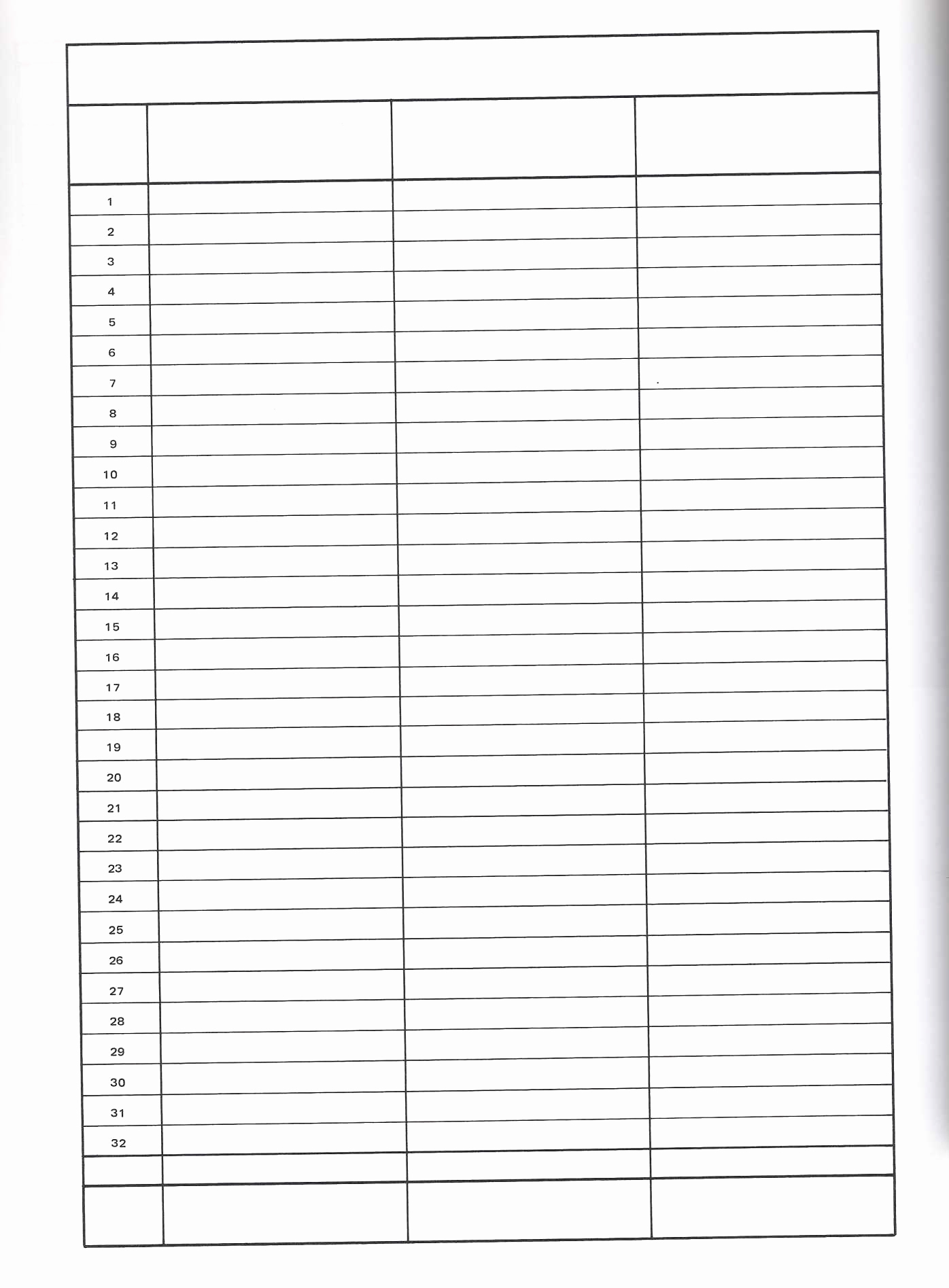5 Ways Find Uncertainty

Introduction to Uncertainty

Uncertainty is a natural part of life, and it can be both unsettling and exciting. It refers to the state of being uncertain about something, whether it’s the outcome of an event, the accuracy of information, or the future in general. In today’s fast-paced world, uncertainty can come from various sources, including politics, economy, technology, and personal relationships. Understanding and navigating uncertainty is crucial for making informed decisions and achieving success. In this article, we will explore five ways to find uncertainty and provide guidance on how to manage it.
1. Recognize the Limits of Knowledge

One of the primary sources of uncertainty is the limit of our knowledge. We can’t know everything, and there are always things that are beyond our understanding or control. Recognizing these limits is essential for acknowledging uncertainty. By being aware of what we don’t know, we can take steps to mitigate uncertainty, such as seeking expert advice, conducting research, or gathering more information. For instance, in the field of medicine, doctors often face uncertainty when diagnosing rare diseases. By acknowledging the limits of their knowledge, they can consult with specialists or seek additional testing to reduce uncertainty.
2. Analyze Probability and Statistics

Probability and statistics are powerful tools for understanding uncertainty. By analyzing data and probability distributions, we can quantify uncertainty and make more informed decisions. For example, in finance, investors use statistical models to predict stock prices and manage risk. These models can help identify potential sources of uncertainty, such as market volatility or economic downturns. By analyzing probability and statistics, we can better understand the likelihood of different outcomes and make more informed decisions.
3. Consider Multiple Perspectives

Uncertainty can often be reduced by considering multiple perspectives. By seeking out diverse viewpoints and opinions, we can gain a more comprehensive understanding of a situation and identify potential sources of uncertainty. For instance, in business, companies often use focus groups and customer surveys to gather feedback and understand market trends. By considering multiple perspectives, we can identify areas of uncertainty and develop strategies to address them.
4. Embrace Ambiguity and Complexity

Ambiguity and complexity are inherent in many situations, and they can contribute to uncertainty. By embracing these factors, we can develop a more nuanced understanding of the situation and identify potential sources of uncertainty. For example, in politics, policymakers often face complex and ambiguous situations, such as conflicting interests or unclear goals. By acknowledging and embracing these complexities, policymakers can develop more effective strategies for managing uncertainty.
5. Monitor and Adapt to Change

Finally, uncertainty can often be managed by monitoring and adapting to change. By staying informed about developments and trends, we can anticipate and respond to potential sources of uncertainty. For instance, in technology, companies must continuously monitor and adapt to changes in the market and industry. By doing so, they can reduce uncertainty and stay ahead of the competition.
📝 Note: Managing uncertainty requires a combination of these strategies, as well as a willingness to learn and adapt. By recognizing the limits of our knowledge, analyzing probability and statistics, considering multiple perspectives, embracing ambiguity and complexity, and monitoring and adapting to change, we can reduce uncertainty and make more informed decisions.
To illustrate the importance of managing uncertainty, consider the following table:
| Strategy | Example | Benefit |
|---|---|---|
| Recognize limits of knowledge | Seeking expert advice | Reduced uncertainty through informed decision-making |
| Analyze probability and statistics | Using statistical models to predict stock prices | Improved risk management and decision-making |
| Consider multiple perspectives | Conducting customer surveys | Increased understanding of market trends and customer needs |
| Embrace ambiguity and complexity | Acknowledging conflicting interests in policymaking | More effective strategies for managing uncertainty |
| Monitor and adapt to change | Continuously monitoring industry trends | Reduced uncertainty through adaptability and responsiveness |

In summary, uncertainty is a natural part of life, and it can be managed by recognizing the limits of our knowledge, analyzing probability and statistics, considering multiple perspectives, embracing ambiguity and complexity, and monitoring and adapting to change. By using these strategies, we can reduce uncertainty and make more informed decisions.
What is uncertainty, and why is it important to manage it?

+
Uncertainty refers to the state of being uncertain about something, and it’s essential to manage it because it can impact decision-making, risk management, and overall success. By acknowledging and addressing uncertainty, we can reduce its negative effects and make more informed decisions.
How can I recognize the limits of my knowledge and manage uncertainty?

+
Recognizing the limits of your knowledge involves acknowledging what you don’t know and taking steps to address those gaps. This can include seeking expert advice, conducting research, or gathering more information. By being aware of your knowledge limitations, you can manage uncertainty more effectively and make more informed decisions.
What role do probability and statistics play in managing uncertainty?

+
Probability and statistics are essential tools for understanding and managing uncertainty. By analyzing data and probability distributions, you can quantify uncertainty and make more informed decisions. This can help you identify potential sources of uncertainty, such as market volatility or economic downturns, and develop strategies to mitigate those risks.



